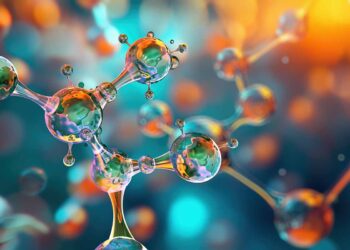E-scrap facility workers are being exposed to new types of synthetic antioxidants used in plastics and rubbers, with unknown health consequences, according to recent research.
Researchers in China found traces of antioxidant chemicals in dust at e-scrap facilities in Yichun City, China. The facilities included those focused on recycling wires and cables, those processing e-plastics and those doing general e-scrap dismantling.
According to Science Daily, dust from all facilities contained hindered phenol antioxidants (HPAs), which are a new class of high-molecular-weight synthetic phenolic antioxidants, and sulfur antioxidants (SAs), which are often added to plastic and rubber to act as “helper” antioxidants. The health impacts of those chemicals are unknown, but earlier lab research showed that some types of low-molecular-weight synthetic phenolic antioxidants are toxic to rodents or human cells, according to the article.
The researchers called for more research into the toxicity and risks of HPAs and SAs in e-scrap dust, the article noted.
The research paper was published in December in “Environmental Science & Technology Letters,” a publication of the American Chemical Society.
In the U.S., scientists have studied e-scrap worker exposure to toxic metals, such as lead, at mobile shredding trucks and in e-scrap recycling facilities, as well as flame retardant exposure in facilities. They’ve also published guidance on avoiding exposure to polychlorinated biphenyls (PCBs) during electronics recycling.

























